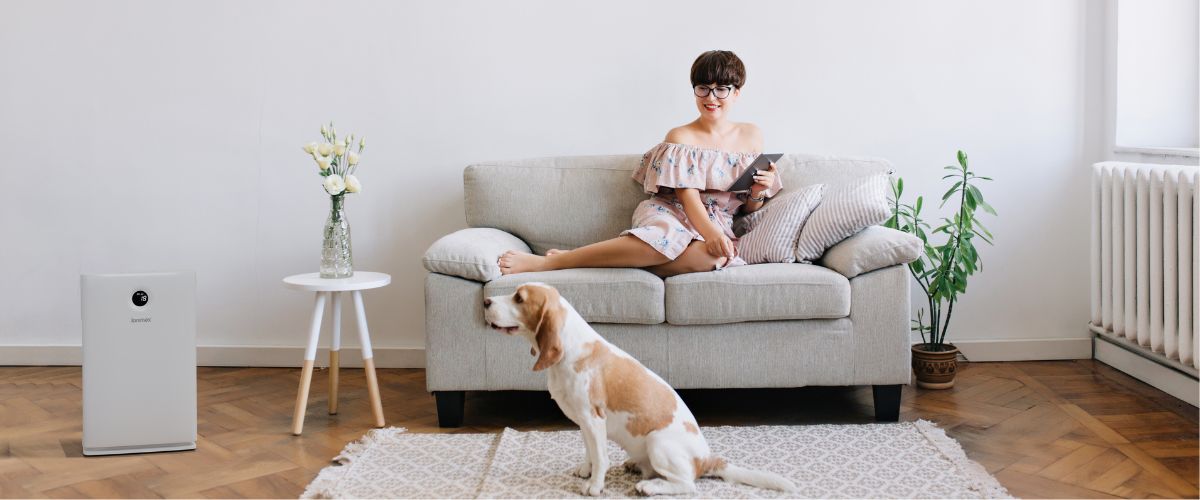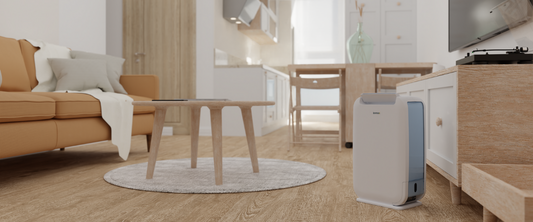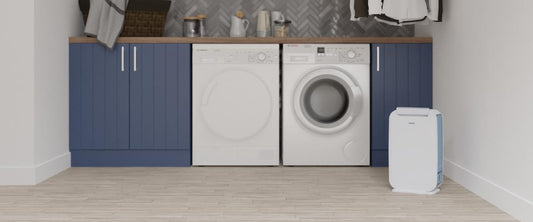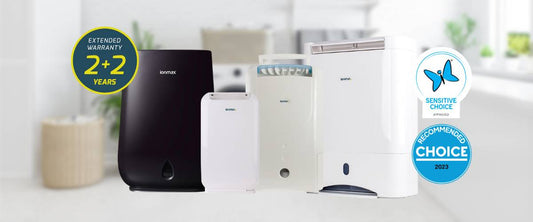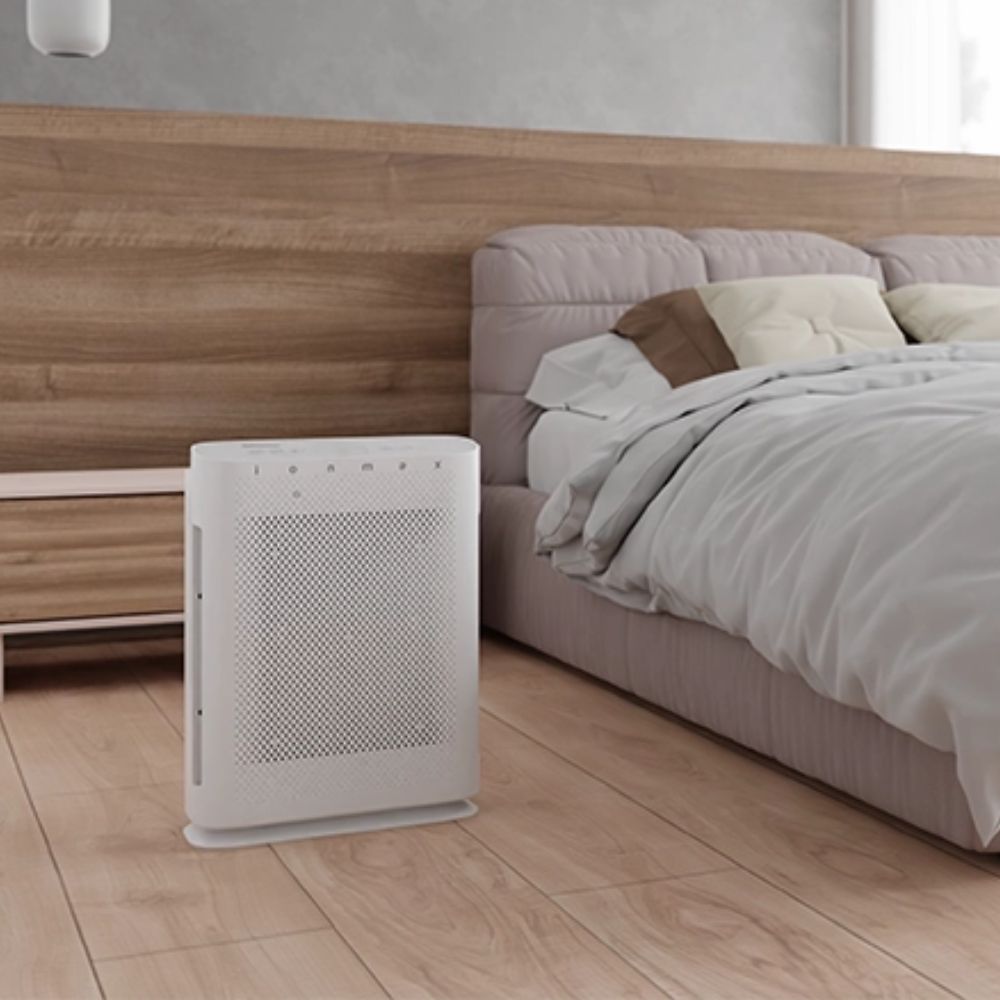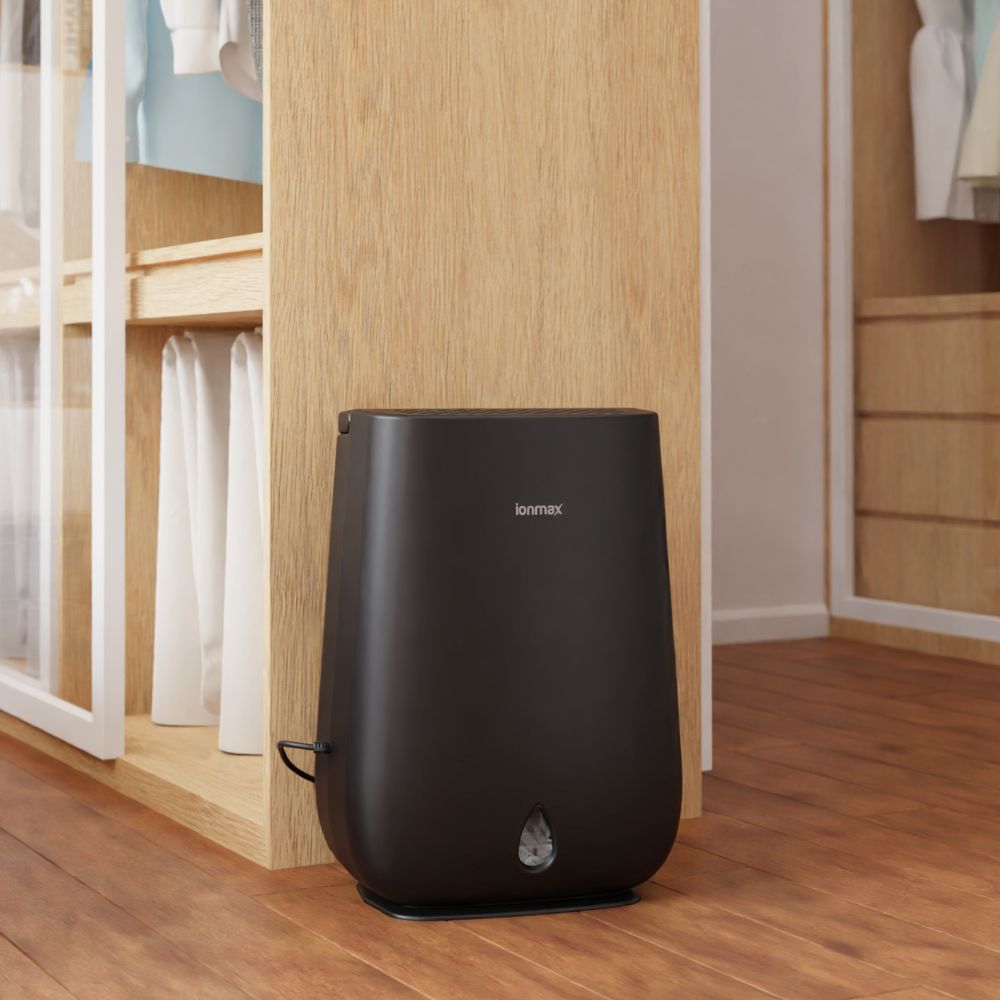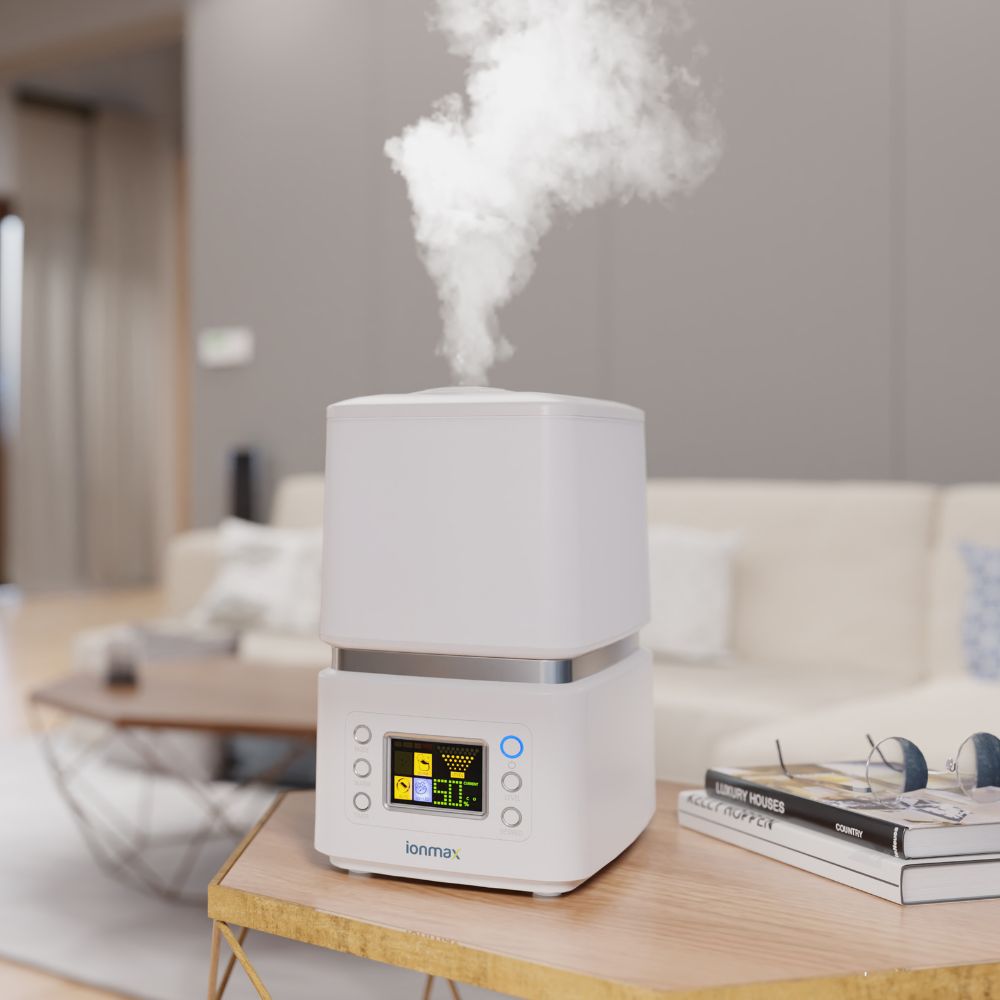Considering that we spend more than 90% of our time indoors, it’s essential to know how to get cleaner air in your home. Poor indoor air quality can have negative health effects such as allergies, respiratory illnesses, and skin problems. Hence, making sure that your home indoor air is clean and pollutant-free is integral protect your health and well-being.
In this article, learn how indoor air quality affects our health and how to improve the air quality in your home.
Indoor air quality today

According to the Environmental Protection Agency (EPA), indoor air pollution is among the top 5 environmental risks to public health. In fact, indoor air quality can be up to 5 times worse than outdoor air quality.
With so much of our time spent indoors, the quality of indoor air is an important factor in our overall health. Cleaning the air in your home is essential for many reasons. Poor indoor air quality can cause or worsen health problems such as asthma and allergies, which affect millions of Australians each year. In fact, the EPA estimates that poor indoor air quality can cause or contribute to as many as 50% of all respiratory illnesses.
The effects of indoor air pollutants towards your health may range from symptoms such as eye and throat irritation, to respiratory diseases that may arise from long-term exposure to indoor pollution.
What is in indoor air

Indoor air could harbour a range of pollutants unseen to the naked eye. Airborne particles such as diesel exhaust, carbon monoxide, dust, smoke, pollen and other particulate matter can easily enter the home through opened doors and windows.
Cooking odours, pet odours, chemicals, sink or drain smells contribute to an unhealthy variety of unpleasant and toxic household odours and gases.
Cleaning supplies, paint, glue and varnishes around the home are just some examples of unhealthy Volatile Organic Compounds (VOCs) that are harmful to our long-term health.
Not to mention, there could be a range of microorganisms such as bacteria, mould, and viruses, floating around our home.
Sources of indoor air pollutants

Though you may think your home's air quality is fine, you can be totally unaware of these pollutants and small particles. Some don’t emit a distinct smell or show obvious physical signs, so you barely notice them around your home.
However, the sources of these indoor air pollutants are everywhere in our homes. Contaminants such as mould and mildew often linger unnoticed in our bathroom and laundry rooms. We could also be exposed to Volatile Organic Compounds (VOCs) from paint, varnishes, upholstery, furnishing and carpets.
How to remove indoor air pollutants at home
Fortunately, there are things you can do to improve the air quality in your home and reduce your risk of asthma and allergies. Regularly cleaning and vacuuming your home and avoiding harmful chemicals can help remove many of these contaminants from the air and surfaces.
However, not all particles can be removed from cleaning and vacuuming.
Many airborne contaminants would still pollute the air - many of which can’t even be seen with the naked eye. Such airborne contaminants may include mould spores, fine dust, VOCs, and even viruses and bacteria. Thankfully, an air purifier can remove these tiny particles.

Air purifiers are an effective way to ensure clean indoor air in your home at all times. Air purification systems are designed to run continuously without interruption, so indoor air quality is constantly monitored and improved.
Air purifiers clean indoor air using a range of filters. Each filter in the air purifier removes specific airborne pollutants from indoor air.
All air purifiers typically include a pre-filter that helps remove larger particles, such as dust and pet hair, from the air. Most air purifiers today also have an activated carbon filter, which helps neutralise odours and VOCs. There are also air purifiers with UV technology that inactivates viruses and bacteria from the filters and filtered air.
The most important part of the air purifier’s filtration system, especially for those with asthma or allergies, is the High-Efficiency Particulate Air (HEPA) filter. HEPA filtration removes over 99% of small particles with a size of 0.3 microns from the air, such as pollen, pet dander and dust mites - common triggers of asthma and other respiratory problems.

Indoor air pollutants are harmful to long-term health, so ensuring that your indoor home environment has clean and healthy air is integral for everyone in the family. Living with asthma or allergies can make it challenging to live in an environment that is free of allergens. If you wish to significantly reduce your exposure to triggers, consider investing in an air purifier.
Consider these factors when choosing an air purifier, or contact us for a recommendation on the best home air purifier for your needs.

Disclaimer: The information provided in this article is for general reference only. Please seek advice from professionals according to your needs.

